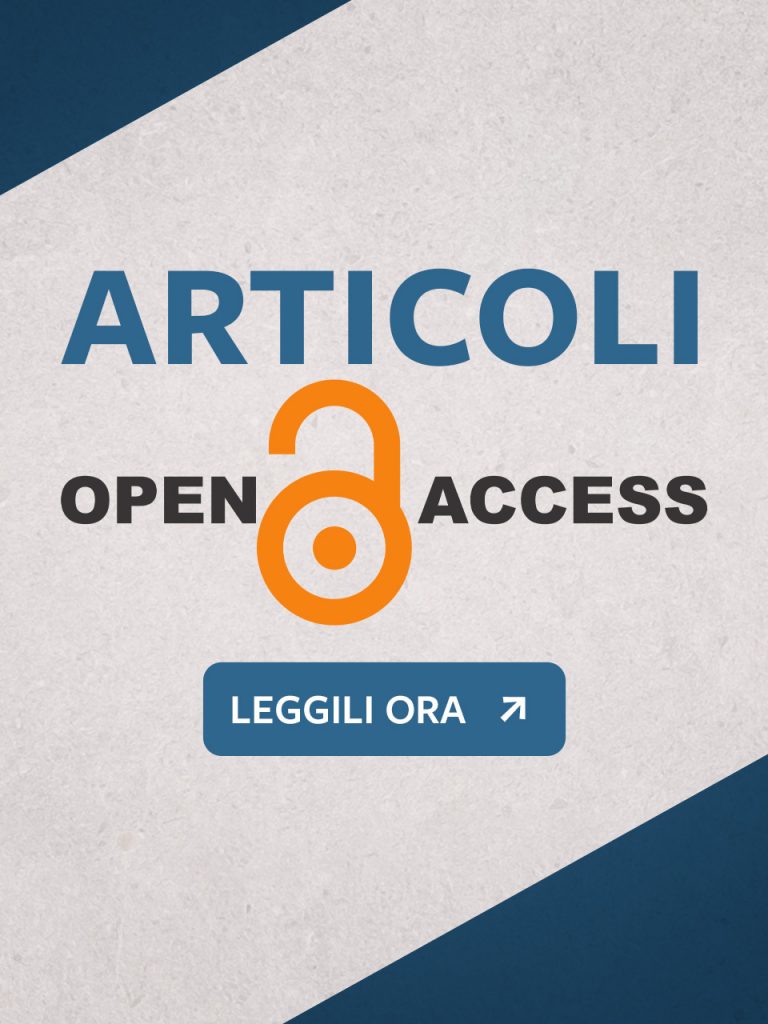The Redefinition of Clinical Interventions for Childhood and Adolescence during the Covid-19 Pandemic
Claudio Paloscia, Marilena Tacconi, Bruno Spinetoli, Gruppo di Lavoro ADHD
In this article, methodological reflections on the use of tele-practice during the Covid-19 pandemic are presented. Specifically, it proposes an organizational model aiming to redefine this way of delivering therapy. The critical issues and potential benefits of synchronous, asynchronous and hybrid tele-practice are analysed in a typical public service setting for mental health and rehabilitation in childhood and adolescence, such is our clinical unit TSMREE (Tutela Salute Mentale e Riabilitazione dell’Età Evolutiva). Moreover, the main remote therapeutic and rehabilitative treatments delivered are presented briefly. These treatments are offered for neurodevelopment disorders, neuromotor diseases, and behaviour and psychiatric disorders. The redefinition process of group therapies for ADHD is detailed as well. ADHD remote intervention delivery is chosen as a complex treatment example. These kinds of multi-professional and multidimensional interventions are usually considered unsuitable for tele-practice but have resulted in positive outcomes in our experience. In the appendix, two assessment tools are described: a questionnaire to evaluate parent/caregiver satisfaction (Questionario di Soddisfazione Genitori/Caregivers – Interventi in Remoto – QSG/C-IR) and a scale to investigate the clinical perception of effectiveness and efficiency of remote treatments (Scala di Valutazione del Clinico – Interventi in Remoto – SVC-IR).
Keywords
Tele-rehabilitation, Covid-19, Remote treatments, ADHD, Developmental age.

